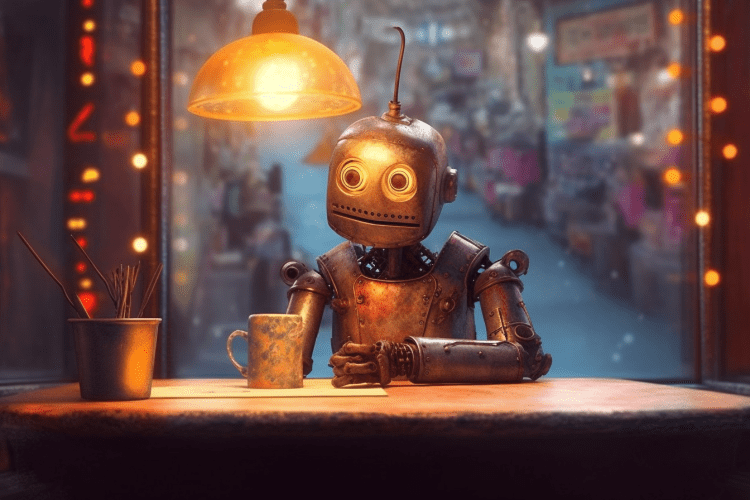Ben is one of the latest bridge AI programs introduced to the market via IntoBridge. Great Bridge Links & Alex J. Coyne took a moment to find out more from its creator, Lorand Dali.
Meet Ben, a Bridge AI with a difference

Meet Ben, a Bridge AI with a difference
by Alex J. Coyne © 2023
It’s the artificial intelligence behind many games that help to make games more fun and engaging for its players.
Max Payne, Unreal Tournament, and IntoBridge would be different games without computer intelligence to drive NPC decisions – the actions and choices made by computer-controlled characters within the game. Ben is one of the latest bridge AI algorithms and has been introduced to the market via IntoBridge. Great Bridge Links & Alex J. Coyne took a moment to find out more from its creator, Lorand Dali.
For Programmers
If you’d like to know more about the code that created BEN, the source code is hosted over at GitHub.
Great Bridge Links [GBL]: How did creating Ben start?
Lorand Dali: Being a bridge player as well as machine learning engineer, the interest to tinker with bridge software and bridge AI came naturally.
My motivation when starting to work on Ben was to try out new deep learning approaches and apply them to a game which I liked a lot.
I first started building small components like, for example, a model that would estimate tricks single-dummy. Then, gradually, the system grew into a fully-functional bridge bot.
GBL: Why the name Ben?
Lorand Dali: Bridge ENgine
GBL: How did Ben end up licensed to IntoBridge?
Lorand Dali: Anyone is welcome to use the engine if they would like to because it’s free and open source.
IntoBridge.com is using it right now. The people from IntoBridge noticed my posts about Ben on BridgeWinners and were interested in using Ben in their product.
I will be happy if many bridge apps decide to use Ben and contribute to improving it.
GBL: What sets Ben apart from Argine, Meadowlark, or GIB?
Lorand Dali: Ben is quite different from other bridge bots like the ones you mentioned.
First, Ben is free and open source, anyone can use it for free and read the code to see how exactly it works.
Secondly, Ben is “trained” rather than programmed. This means that the way Ben learns how to bid is through a lot of examples (with this hand you bid this, with that hand you bid that).
The system is nowhere explicitly defined, there is no rule programmed explicitly that with 15-17 HCP balanced you open 1NT for example. This makes the engine very small (only 5000 lines of code) and very flexible too. As far as I know, Ben is the only bridge AI which works like this.
GBL: What does future development look like for Ben?
Lorand Dali: For future development I see two parts.
(1) From the community: people are already using Ben and improving it to adapt the engine to what they need. I hope that this will continue in the future.
(2) My own work: I am planning to continue working on Ben in my free time. The aspect I am most excited about at the moment is the card play, I want to make Ben play much better than it does now and also a lot faster, removing the dependency on double dummy solvers.
GBL: What do you think about AI and its future?
Lorand Dali: I wouldn’t want to venture predictions about how AI will develop and how it will change our lives in the future. I’m sure it will play an important role. ChatGPT is a very useful tool and I think that we are surprised because it works better than we expected.
Specifically for bridge AI, breakthroughs like ChatGPT could mean that we could communicate with bridge bots in the future. This is important because we know that bridge is a very communicative game: you talk a lot to your partner to agree on system, and need to ask opponents to understand what agreements they have, etc.
Today’s bridge bots are far from being able to communicate, they just play what they were programmed to play and assume that the opponents play more or less the same.
GBL: Is there anything you’d like to add here that you’d like people to know?
Lorand Dali: Please try to play with Ben, you can do that on IntoBridge.com.








